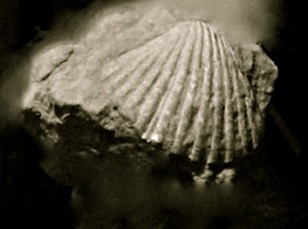
As I pack my carry-on for a cross-country flight to California, I wrap the fossil I found when I was young and scrambling through hills above Laguna Beach with a friend. I’ve kept it all these years, on a shelf with an incense burner from Syria, my favorite books, and a photo from that time in my life, featuring me and my two bests — Jim and Dave — exploring the Pala Indian Reserve below Palomar Observatory.
Airport security agents open my case and remove the suspect item. “What is this?” asks one. “A fossilized bivalve,” I say, hoping to sound scientific. It’s a petrified shell on a rock, my inner devil’s advocate grunts, hefty enough to bludgeon somebody’s brains out.
The agents ponder it awhile, then let me pass. A few travelers stare at it, and at me.
Me in transition. Replaying what was and placing it into what is.
Though what is, will be what was, by tomorrow. Tomorrow — it may be days or weeks or months from today — I hope to hand the fossil to Jim, an Oregonian now, whom I have not seen for forty years. It was his foot that struck the object, and I who followed it down an incline, through bracken and poison oak, to find. A joint venture, though I was the one who’d kept it—out of selfishness perhaps, certainly out of amazement with this primeval relic.
I am coming full circle.
I was born in California and lived nearly half my life here. Radiohead’s new Moon Shaped Pool* is my travel soundtrack, particularly “Daydreaming,” with its haunting melody, fragile chimes, tormented strings, heart-aching lyrics. Down to Thom’s reverse murmurings as he retires to a cave, likely a reference to Plato’s allegory of ignorance and knowledge, perception and truth.
Dreamers ...
they never learn, they never learn.
Beyond the point of no return, of no return.
And it’s too late--
the damage is done, the damage is done …
(“… efil ym fo flah … efil ym fo flaH”)
* I resist my editing urge to hyphenate Moon Shaped by considering shaped could serve as a verb: a pool shaped by the Moon. Since tides are pulled by lunar phases, that would be the ocean. But hey, these are musicians, not grammarians.
Our minds will never expand enough to understand even the fragments.
One of the first signs that I am stepping away from my own reality is a child’s white shoe among weeds. I wonder whether it isn’t lost but simply left behind. For to enter these places you must abandon something. Children know this by instinct. And my own reality, though filled with elaborate illusions of artist and writer, becomes humdrum here, a mere yawn.
I leave it all behind.
The signs continue:
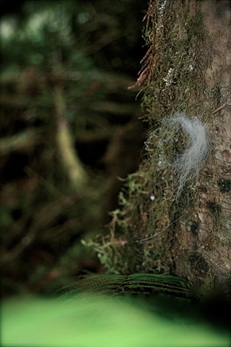
A curious question on a hand-me-down whim: Bex asking Max what my name should be and his swift reply, “Merlin.” Bex — an affectionate term for Rebecca, my youngest of three sisters — and her four children, are welcome travel mates on this stretch of the journey. Ben answers readily, too. “Leon.” I can live with both, I say to myself, as much as I’ve lived with the one I was given. A name, of course, is not who you are.
As we look full-eyed to the west, the Pacific winking diamonds at us from dense foliage, Bex and I recall the children’s illustrator Margot Tomes seeing us both at an art exhibition in New York City and calling us eagles. Margot’s first illustrated book was a collection of stories by Daphne du Maurier, including “The Blue Lenses,” in which, after an operation to restore her failing sight, a woman sees people for who they actually are. Margot told us she sees people as animals, and I wonder: Did she have that outlook before or after her work on the book?
If not for the mark, we may have missed it.
We wade through currents of ferns, clamber over derangements of roots, slip into intimate hollows where you curl into something you didn’t know you were, with no name at all — you could be a toad or a dragonfly — and emerge breathless to enter the next leafy labyrinth. We grow dizzy with sunlight and frondshadow, each of us tangled up in green, in gray, in thick earth-scent.
We trod deep forest duff, so deep it springs back after your foot has passed, as if you never were there. I read about a guy outside Portland who had fallen 120 feet from a Douglas fir and survived because of layers and ages of tree material. A cloud glistened from the ground—some say from his body — when he hit. I read of another who had taken such a fall onto unforgiving dirt, sat up, cursed, and died. The impact had burst his heart.
Nature has no discretion, makes no discrimination. It breathes life and exhales death with equal impassivity.
Burdened trees, deformities of torso and limb, rise up like tragic heroes. They could teach Ents about suffering, but even Tolkien is nameless here. I touch a tree in awe, in compassion. Because humans want to connect, reach out, be a part of the unfathomable fabric. That’s why we skip rocks across water, laze on moss, caw at a crow. It’s a similar desire, I think, that moves us to want to touch a work of art. These trees are haphazard masterpieces. I climb one. Great nests of debris, the hoarding of needle and twig and storm wreckage, weigh them down, darken them. I peer into one mass to see whether it’s an aerie.
The tide is coming in.
| next time: living a dream : the watery part of the world photo credits: Gibson Girl Photography & Troy Howell |
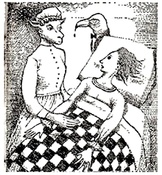
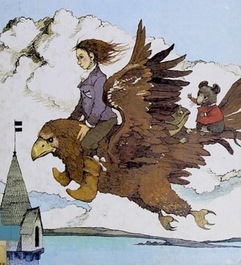
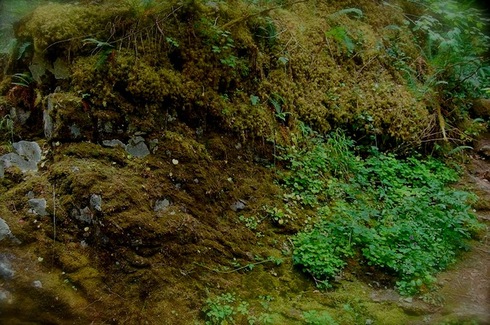
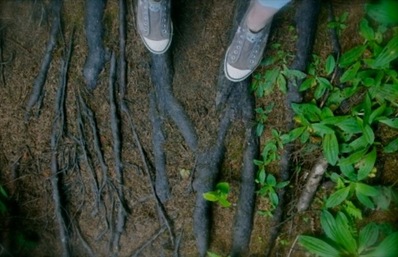
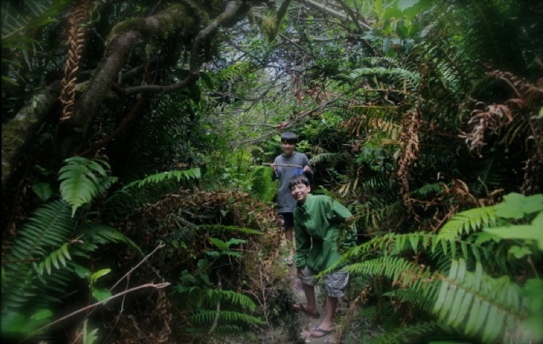
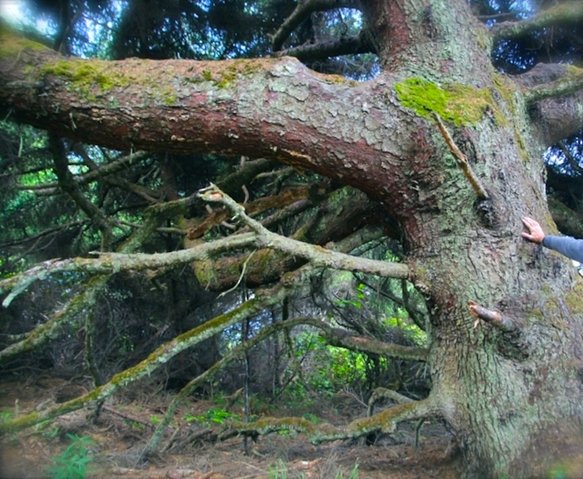
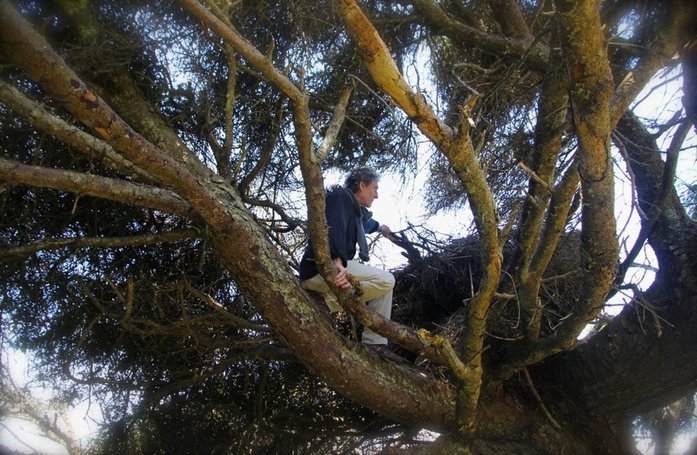
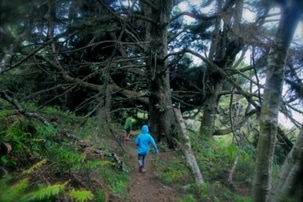
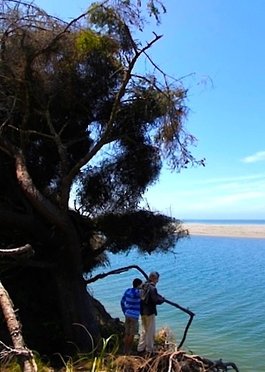
 RSS Feed
RSS Feed